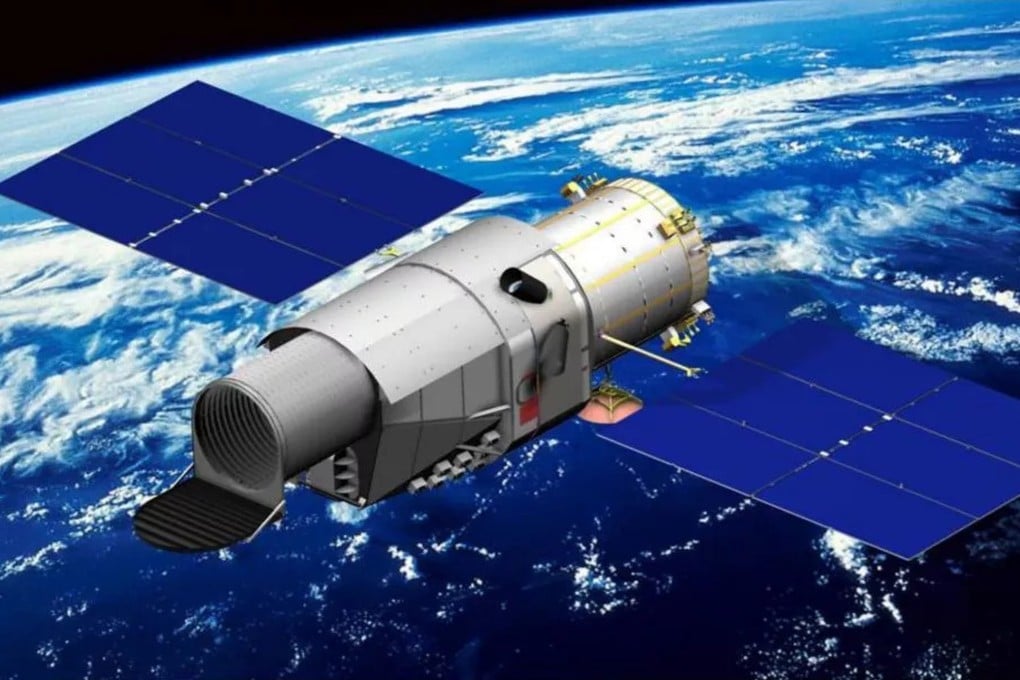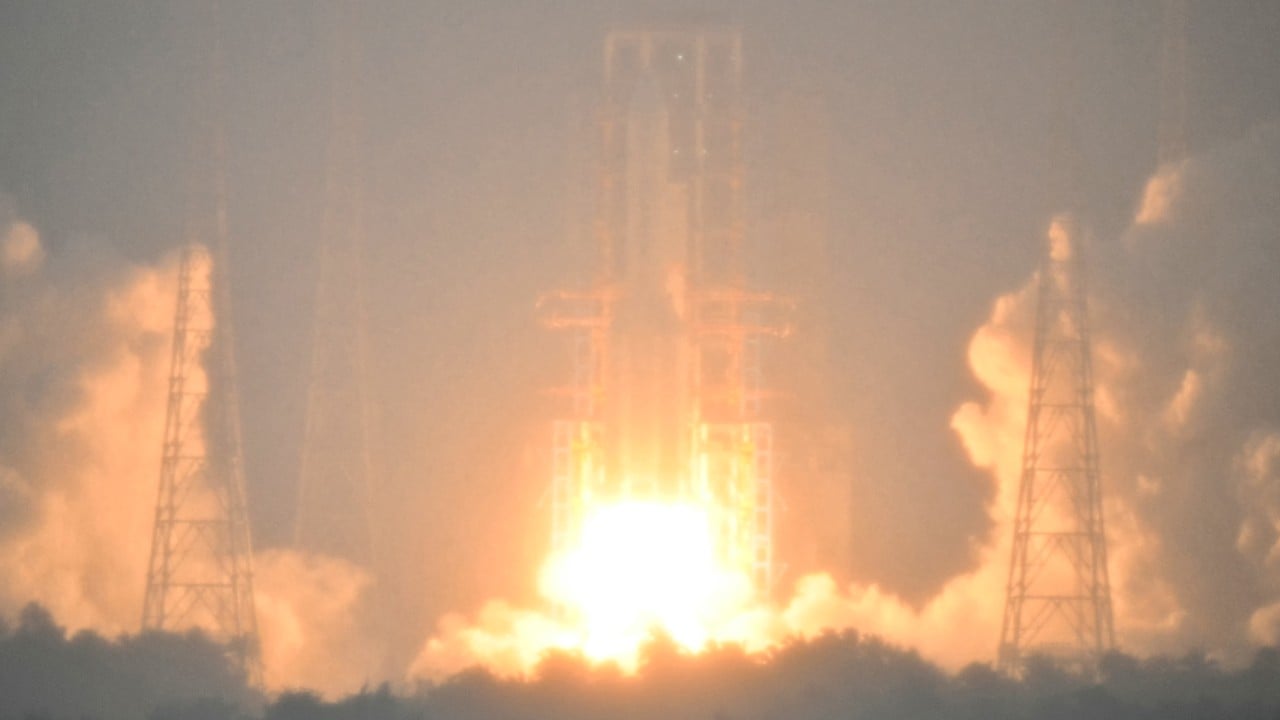China’s giant Xuntian space telescope faces further delay until late 2026
- The Chinese Space Station Telescope will be the largest and most complex scientific facility China has built in space
- It will co-orbit with the Tiangong space station and, unlike Nasa’s planned Roman telescope, could easily be accessed by astronauts for repair

The 2-metre (6½-feet) diameter telescope – also known as the Chinese Space Station Telescope (CSST) – will be ready to fly by December 21, 2026, according to presentation slides leaked from the CSST Science Conference in Hangzhou this week.
It would be at least a second postponement, after project scientist Zhan Hu, of the National Astronomical Observatories in Beijing, told the Scientific American magazine in November that Xuntian’s launch had slipped from late-2023 to mid-2025.
The leaked slides, which have since been removed from Chinese social media but were independently verified by the South China Morning Post with a CSST team member, show that the telescope’s major components are complete and are undergoing rigorous performance tests. The final flight model will be assembled by autumn next year.
The CSST team member who spoke on condition of anonymity said there were no insurmountable technical hurdles in Xuntian’s development. “Overall, the telescope’s specifications are very high by design, which made it extremely challenging to build,” he said.
Xuntian will be the largest and most complex scientific facility China has built in space and have a field of view more than 300 times larger than that offered by the Hubble Space Telescope. The country is domestically developing all five of its instruments, including a 2.6-gigapixel survey camera that will be the telescope’s main instrument.
Astrophysicist Quentin Parker, from the University of Hong Kong, said the new launch date, if confirmed, would be close to that of Nasa’s 2.4-metre Nancy Grace Roman Space Telescope, which is now expected to lift off in mid-2027.
